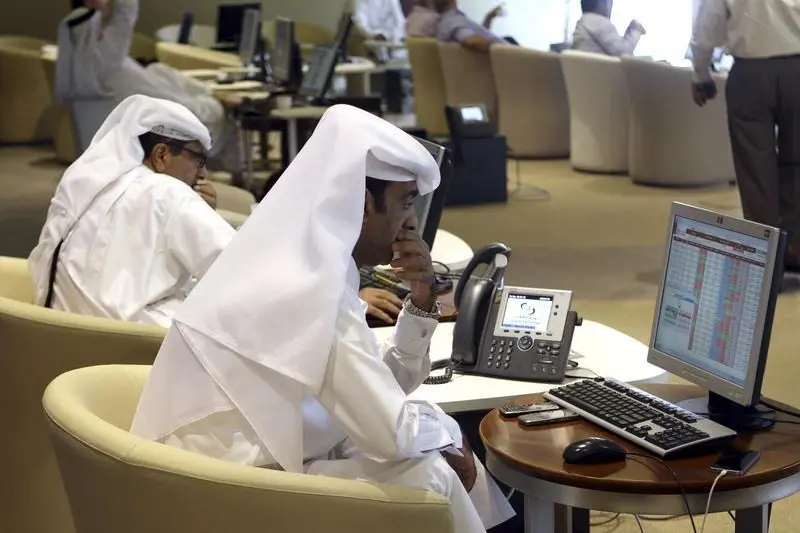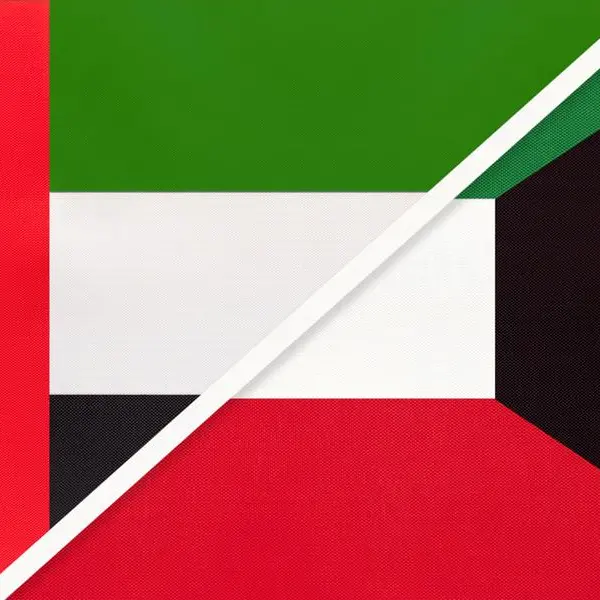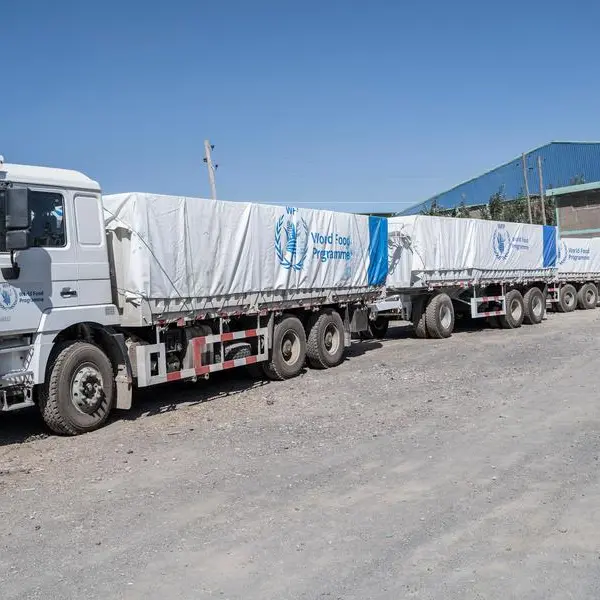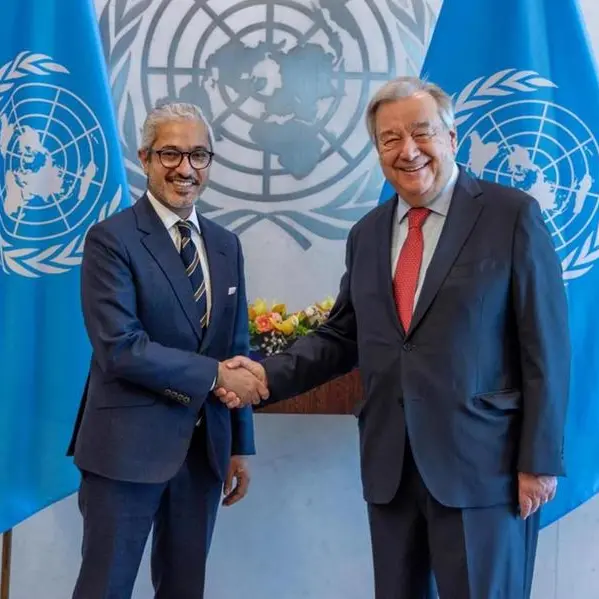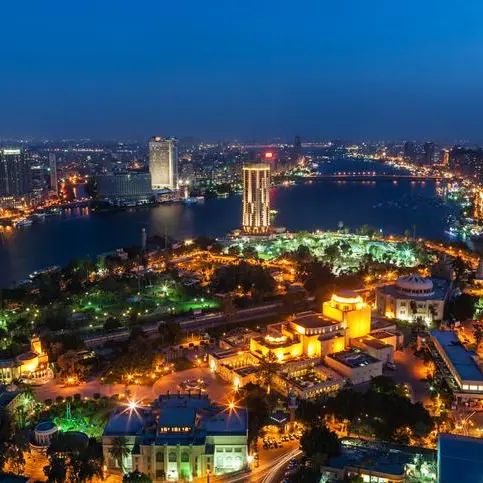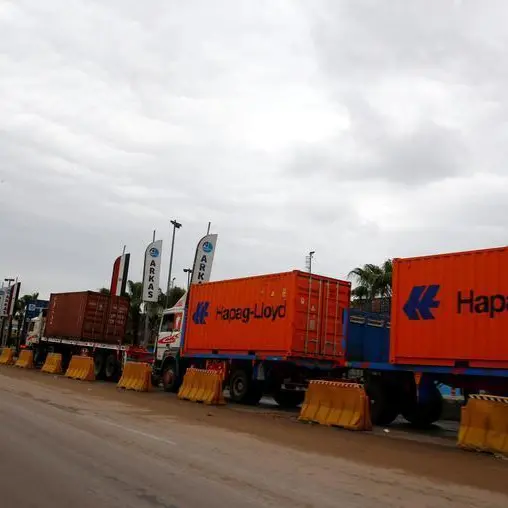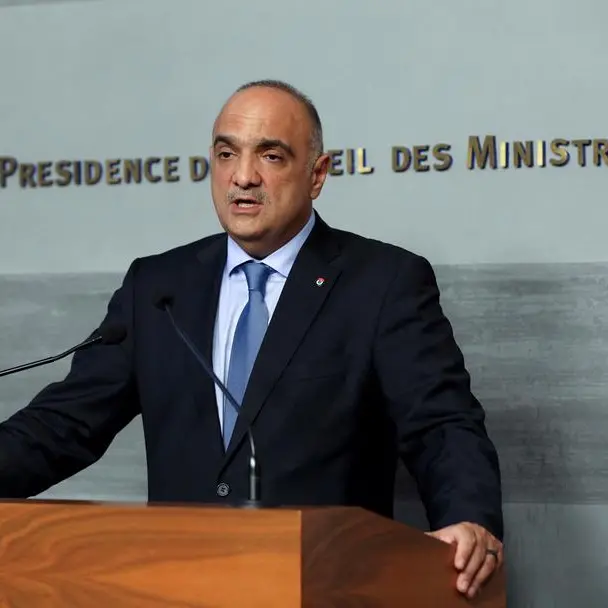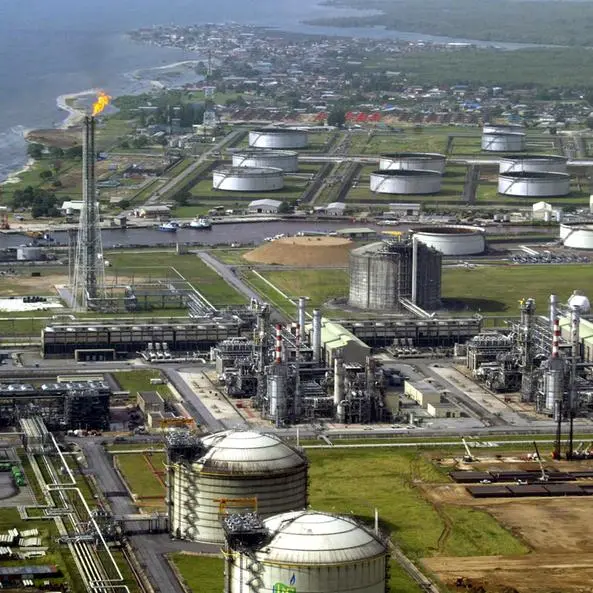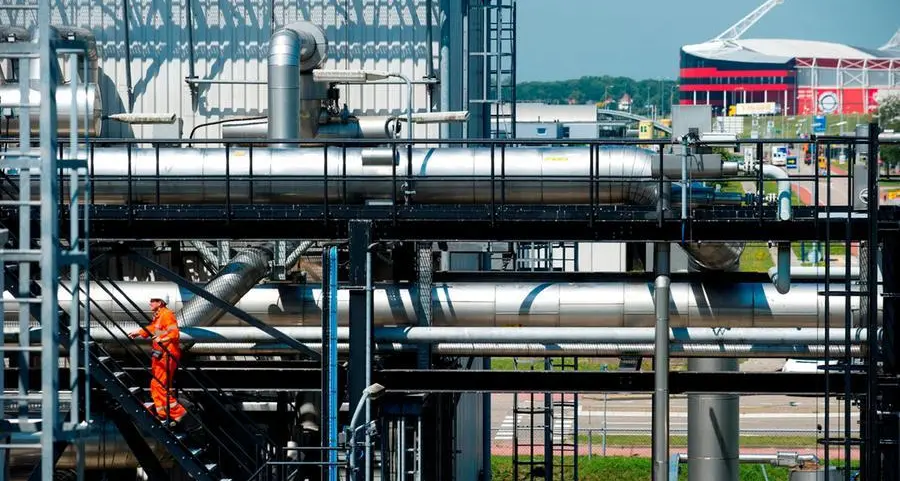PHOTO
The Qatari economy is expected to continue its expansion over the next few years despite the slowdown in non-hydrocarbon sector activity observed against the backdrop of low energy prices and government fiscal restraint. Elevated public investment in the government’s $200 billion infrastructure development plan, including FIFA World Cup 2022 projects, will continue to drive economic growth. The hydrocarbon sector is also expected to get a boost from the commissioning of the Barzan gas production facility, which will supply additional volumes of gas for domestic use and petroleum products for export. Facing the prospect of a fiscal deficit this year and next, which will be financed primarily through debt issuance, the government has embarked on a concerted round of fiscal consolidation. It is merging ministries, scaling back infrastructure projects and cutting subsidies on domestic fuel and utilities. With state revenues impacted by lower energy prices, government deposit growth has trailed credit growth, leading to a tightening in banking sector liquidity and a rise in the cost of borrowing.
Ever since expansion in the county’s LNG infrastructure came to end in 2011, economic growth in Qatar has been driven by the country’s non-hydrocarbon sector. Underpinned by government infrastructure investment (11% of GDP), the non-hydrocarbon sector—and construction, manufacturing, financial services and trade and tourism especially—has grown by an impressive 10% year-on-year (y/y) on average over the last 5 years. However, this had moderated to 8.2% y/y in 2015, according to recently revised figures from the Ministry of Development Planning and Statistics (MDP&S), as the authorities pared back capital spending in the context of tighter government finances. With the government expected to continue streamlining, downgrading or cancelling non-essential and non-FIFA related projects, growth is likely to slow even further, to around 6.0% y/y in 2016-2017. Investment will, nevertheless, continue in a range of government-sponsored strategic projects such as the Lusail Mixed-Use Development ($45 billion), the Qatar Integrated Railway ($40 billion), the Ashghal local roads and drainage program ($14.6 billion) and the new Hamad Port ($7.4 billion).
The government’s diversification efforts take on added significance in view of the fact that output growth from the hydrocarbon sector has essentially plateaued after maximum LNG capacity was reached in 2012/2013.
Moreover, crude oil production has been on a downward trajectory in the last few years due to maturing oil fields. Production averaged 0.66 million barrels per day (mb/d) in 2015, having been as high as high as 0.85 mb/d in 2007.
The hydrocarbon sector should receive a small boost from the launch of the $10.3 billion Barzan gas production facility this year and in 2017, when the project is expected to near its full production capacity of 1.4 billion cubic feet per day (bcf/d). While Barzan will predominantly provide gas to the power and water sectors, it will also supply additional volumes of condensates and natural gas liquids (NGLs) for export and to the country’s refineries — including the upcoming Ras Laffan 2 refinery. Gains to hydrocarbon sector GDP growth should, consequently, be in the order of 0.2% in 2016 and 1.0% in 2017. Total GDP is, therefore, expected to grow by 3.1% and 3.4% in 2016 and 2017, respectively.
Inflation, as measured by the consumer price index (CPI), is projected to rise to 3.0% in 2016 and to 3.1% in 2017, from 1.6% in 2015 (on an annual average basis). As of August, the headline rate had reached 2.9% y/y, driven up by costs in the recreation and transportation categories especially. The latter was up 6% year-to-date in August as a result of the increase in fuel prices following the government’s fuel subsidy cut. On the other hand, food and rental costs, long major inflationary impulses, have been trending lower. A surfeit of new properties on the market has helped to restrain rental price rises.
Sharply reduced oil and gas revenues since 2014 (-30% y/y on average) have motivated the authorities to embark on a concerted round of fiscal consolidation. But this will not be enough to forestall Qatar’s first fiscal deficit, equivalent to -4.7% of GDP, in 2016. Nevertheless, the government’s efforts to get a handle on spending have not been in vain: current expenditures have been curtailed through a combination of cuts in the number of ministries, lay-offs of expatriates and freezes in public sector pay; subsidies on fuel, water and electricity have all been reduced; and non-essential infrastructure projects have been scaled back or shelved entirely. Indeed, judging by the staggering drop in the value of projects awarded so far in 2016 compared to 2015—$9.7 billion worth vs. $41.3 billion for 2015 as a whole, which is a decline of 76%—then the authorities may be at risk of dramatically undershooting their capital spending target this year.
As a result, 2016 could see expenditures contract by as much as -9.7% y/y—the largest decline in years.
The government has increasingly sought to shift the burden of deficit financing away from its foreign reserves and towards the debt markets, where it has been an active participant to the tune of $11.6 billion in 2016.
The largest sovereign issuance was a $9.0 billion triple-tranche USD-denominated international bond in May. Along with $2.6 billion in sovereign domestic bonds and sukuk plus a $5.0 billion syndicated loan secured earlier in the year, recourse to the debt markets has helped support Qatar’s finances and inject much-needed liquidity into the banking system. Pressure on the country’s international reserves, which had declined by $5.8 billion (-3.5%) to $36.8 billion in 2015, was also alleviated. Indeed, as of last July net international reserves were actually up in 2016, by $872 million to $37.6 billion, after 2 successive months of increases since the international bond sale.
These reserves are estimated to provide the equivalent of 6.8 months of import cover, more than twice the 3 months recommended by the IMF for fixed exchange rate regimes.
Central government debt has, unsurprisingly, risen as a result of the government’s foray into the debt markets. Gross government debt (domestic and external debt) is projected to increase to 58% of GDP ($94 billion) this year from 46.2% of GDP in 2015.
Nevertheless, fiscal buffers are ample given that the government could also draw on an estimated $256 billion worth of assets under management at the Qatar Investment Authority (QIA), the country’s sovereign wealth fund.
Credit growth has rebounded from the single digit lows of early 2015 to come in at a robust 15.1% y/y in July, according to central bank figures. Much of this has been driven by the public sector as it supports the country’s development plan.
In contrast, private sector credit growth is moderating, reaching 8.4% y/y in July. Demand from industry, contractors and retail consumers has been especially weak during the first half of the year.
Meanwhile, deposit flows into the banking system, especially government deposits, have been hit hard by the decline in oil prices since mid-2014. Deposit growth looks to have recovered over the last few months, however, reaching 9.8% y/y in July.
This is largely on the back of a significant influx of non-resident deposits (92.9% y/y) and a small uptick in private sector deposits (1.0% y/y). Public sector deposits, in contrast, still remain down by -4.4% y/y.
With deposit growth trailing credit growth, liquidity has been tight. The banking sector’s loan-to-deposit ratio (LDR) was 116.7% in July, which is not far off February’s high of 119.9%. It has been trending lower in recent months thanks to the inflow of deposits from non-residents and following the placement of some public funds in the wake of May’s international bond sale. Interbank rates have also eased, with the QIBOR 3-month rate, for example, falling to 1.5% recently from its peak of 1.7% in June.
Given that deposits from non-residents (mainly from the GCC and Asia) in the banking system have almost doubled in the span of a year and that monies due from Qatari banks to overseas banks have increased by almost 29%, concerns about over-reliance by Qatari banks on foreign funds have once more resurfaced. Indeed, the net foreign liability position of Qatari banks was up at over $40 billion in July, equivalent to 166.3% of foreign assets, which is a record high.
Given the demands of a fixed exchange rate regime, Qatari domestic interest rates tend to be closely aligned with US interest rates. However, the Qatar Central Bank (QCB), with one eye on keeping borrowing costs down, has yet to follow the US Fed’s 25 bps rate rise from last December and increase its own benchmark lending and deposit rates. These are currently at 4.5% and 0.75%, respectively.
Qatari equities buoyed by FTSE EM index inclusion, but market struggling with disappointing corporate earnings and liquidity constraints
Qatar’s benchmark stock index, the Qatar Exchange (QE), at 10,465 on 28 September, was barely in positive territory on a year-to-date (ytd) basis.
The QE had reached a year-high of 11,408 in mid-August (up 19.5% in 2016) before market sentiment turned noticeably less bullish in response to a combination of weaker-than-expected corporate earnings and lingering banking sector liquidity constraints. Indeed, profits from a sample of listed companies for 1H16 showed a drop of 12% y/y, which was the biggest decline in the region. Nevertheless, the recent inclusion of the Qatari bourse in the FTSE Emerging Markets Index provided a major fillip to local equities.
© Arab Times 2016
